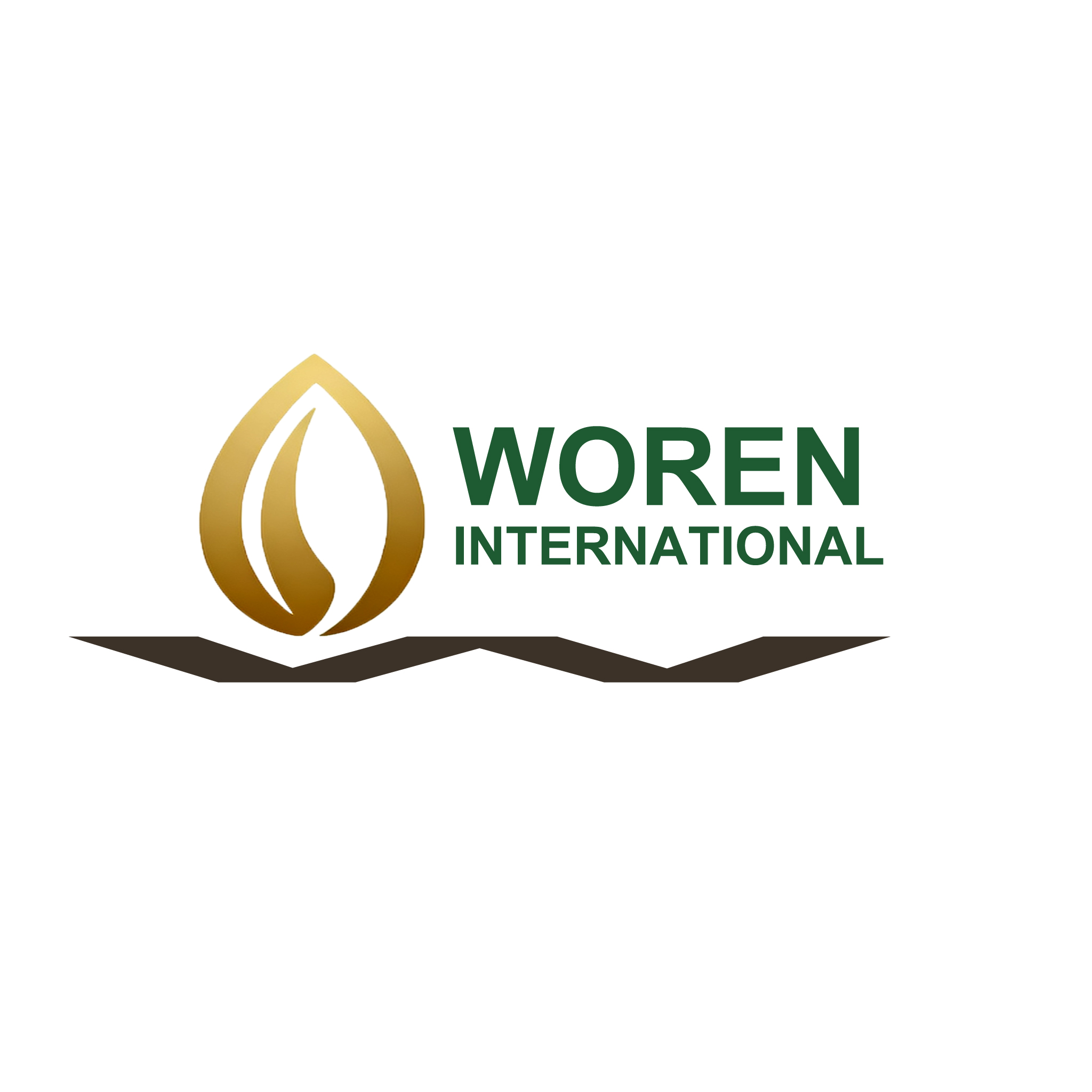


+86 13784005815
Viber & Whatsapp

-
Unico factory introduction
-
Perfect! Customized mica pigments delivery to clients address within 30days!
-
What's the usage of Mica Pigments?
-
What's the volume of addition of pearlescent mica pigment in resin?
-
What's the new trend of pigment industry development?
Here are some ways you might go about customizing iron oxide pigments for your application:
Iron oxide pigments are commonly used for coloring concrete, ceramics, paints, coatings, and other materials.
Here are some ways you might go about customizing iron oxide pigments for your application:
1. Color Customization
Iron oxide pigments come in various colors, including red, yellow, brown, and black. You can customize the color by:
Blending different pigments: Mixing red, yellow, or black iron oxide pigments can produce a wide range of colors, from earthy tones to more vibrant hues.
Altering the particle size: Smaller particles can produce a more intense color, while larger particles may give a more muted appearance.
Adjusting the pH: In some cases, the pH of the medium or mixture can influence the final color, especially when working with natural iron oxide pigments.
2. Customization for Specific Applications
Concrete and Cement: Iron oxide pigments are commonly used to color concrete. Customization can involve adjusting the dosage of pigment for the desired color intensity or ensuring compatibility with specific binders or additives.
Paints and Coatings: If you're customizing pigments for paints, the dispersion and solubility in the medium are key considerations. Iron oxide pigments may need to be milled or treated to achieve the desired dispersion and prevent clumping.
Ceramics and Tiles: For ceramic applications, iron oxide pigments can be tailored to achieve the desired glaze or surface finish. This could involve adjusting firing temperature or mixing with other ceramic materials.
3. Customization for Performance Properties
Durability: Iron oxide pigments are known for their excellent outdoor durability and resistance to UV degradation. Customization might involve selecting a particular type of iron oxide (such as synthetic vs. natural) to enhance the pigment's longevity in harsh conditions.
Heat Resistance: Certain iron oxide pigments have high-temperature stability, which is important for applications involving heat exposure, such as ceramics or industrial coatings.
Opacity: The opacity of iron oxide pigments can be adjusted by modifying their particle size or the formulation in which they are used.
4. Formulation Customization
Organic vs. Inorganic Pigments: Some iron oxide pigments are organic (e.g., in oil-based products), while others are inorganic. The choice of medium or base material can influence the pigment's performance characteristics.
Surface Coating: Iron oxide pigments can be surface-coated to improve dispersibility, color stability, or even to achieve certain effects (e.g., pearlescent or metallic finishes).
Any questions, please come to us freely.

24 HOURS SERVICE
+86 13784005815
ORDER BY MAIL
info@uniconm.cn

Copyright ©2004-2023 UNICO PIGMENTS & RESINS All Rights Reserved


